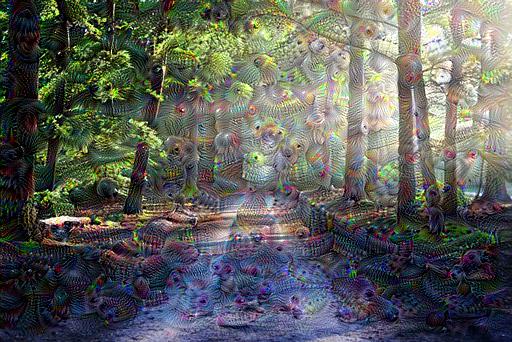
What Is The Problem of Vanishing Gradients
The vanishing gradients problem occurs when the gradients become exceedingly small during backpropagation.
This happens particularly in deeper layers of the network. Which leads to a substantial degradation in the performance of DNNs, as the learning process becomes slow and inefficient.
Moreover, the phenomenon of vanishing gradients usually occurs because of activation functions, network architecture, and weight initialization.
Understanding Vanishing Gradients
Causes of vanishing gradients
Vanishing gradients can be attributed to the choice of activation functions in DNNs. Traditional activation functions, such as the sigmoid and hyperbolic tangent (tanh) functions, tend to squash input values into a narrow range, causing gradients to become extremely small during backpropagation.
The architecture of the DNN also plays a role in this problem. Deeper networks with a large number of layers are more susceptible to it, as the gradients can diminish exponentially as they propagate through the layers.
Inappropriate initialization of weights is another reason that can exacerbate this issue. To clarify, if the weights are initialized too small, the gradients will be small from the start, making it challenging for the network to learn effectively.
Consequences of vanishing gradients
This issues impedes the learning process, particularly in the deeper layers of a DNN, as the small gradients result in minimal weight updates, causing the network to learn slowly or not at all.
Consequently, DNNs suffering from vanishing gradients require longer training times to converge. Thus, leading to an inefficient learning process and increased computational resources.
It can also results in models being unable to effectively learn complex patterns and relationships in data. Thus, leading to its poor performance, generalization, and accuracy.
Detection and Diagnosis
Monitoring gradients during training
Detecting vanishing gradients involves monitoring the gradient magnitudes during the training process. In essence, extremely small gradient values are indicative of this problem.
Analyzing model performance
Examining the training loss over time can provide insights into potential vanishing gradient issues. If the training loss plateaus or decreases slowly, it may indicate that the network is struggling to learn.
A model may also exhibit poor accuracy and generalization capabilities. We can evaluate the model’s performance on test data, which can give us the insight that we need.
Approaches to Mitigate Vanishing Gradients
Activation function modifications
Rectified Linear Units (ReLU)
Rectified Linear Units (ReLU) is a popular activation function that addresses vanishing gradients by outputting the input value for positive inputs and zero for negative inputs.
They introduce a nonlinearity that helps maintain larger gradients during backpropagation.
Leaky ReLU
Leaky ReLU is a variation of the ReLU activation function that allows for a small, non-zero gradient for negative input values.
This modification further mitigates the vanishing gradients issue by preventing complete saturation of the gradients.
Exponential Linear Units (ELU)
Exponential Linear Units (ELU) is another activation function designed to address this problem. Furthermore, it introduces an exponential term for negative inputs, maintaining a smooth gradient while preserving the benefits of ReLU for positive inputs.
Weight initialization techniques
Xavier/Glorot initialization
Xavier or Glorot initialization is a weight initialization technique specifically designed to address vanishing gradients.
Moreover, by initializing weights according to a normal distribution with mean zero and a specific variance, the method ensures that the gradients remain within an appropriate range during the training process.
He initialization
He initialization is another weight initialization technique, which takes into account the activation function used in the network.
Therefore, it’s particularly suitable for networks using ReLU activation functions, as it initializes weights to maintain gradient magnitudes within a suitable range.
Conclusion
In conclusion, addressing vanishing gradients is essential for the effective training and deployment of Deep Neural Networks.
Furthermore, they can severely hinder the learning process, leading to longer training times and poor model performance.
Therefore, by overcomming it, models can efficiently learn complex patterns and relationships in data, resulting in improved performance and applicability across various domains.


